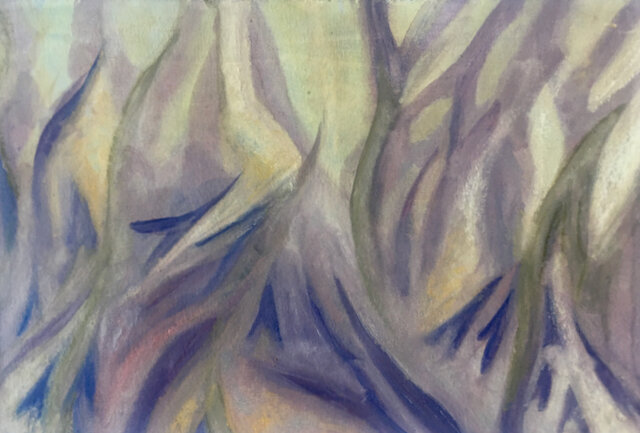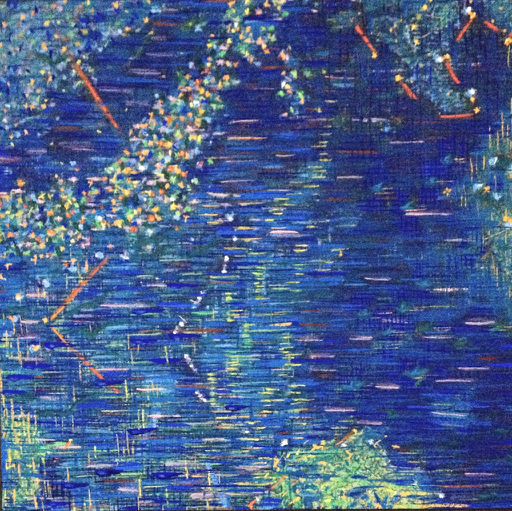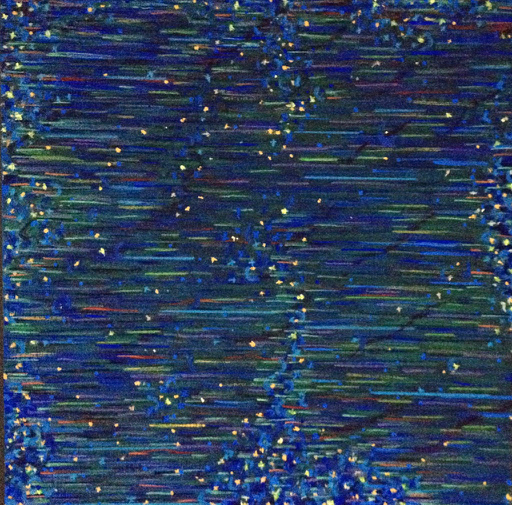Life is paradise, and we are all in paradise, but we refuse to see it. ~ Fyodor Dostoevsky
Birds of Paradise ©️2020LSAuth
I have never seen the exotic birds named Birds-of-Paradise, native to eastern Australia and Papua New Guinea. But while in Santa Monica, CA, two Januaries ago, I saw the plants by this same name on every street. So many green stalks arced over neighbouring yards and sidewalks like the outstretched necks of cranes and herons. Their flowers were uniquely beautiful: Brilliant yellow-orange petals mimicked feather plumes, vivid blue-violet arrowheads targeted unsuspecting prey, and sword-like variegated bills waited to skewer the fallen victims.
I sketched and painted these plants often that month of January. I found their beauty beguiling because there was a subtle edge of malevolence in their elegant, yet hostile, gestures. I had to stop and stare at them every time I walked outside our building. I soaked up their color and warmth in hopes that it would sustain me for several months when I returned home to the dreary Connecticut winter.
I have been thinking about this place called paradise. I have been there millions of moments in my life. Seeing something beautiful brings me there, even if the experience dissipates quickly. Paradise starts with that beautiful sight or sound, which is usually one in the natural world. And then, often, that initial sensation triggers a memory of another time, another place. Paradise and visual poetry are, for me, one and the same.
Over those few weeks in Santa Monica, the birds of paradise brought me to the endless acres of the green and ripening cornfields of my childhood, when my parents and siblings would take occasional Sunday afternoon drives to the country in our overstuffed station wagon, with all the windows rolled down, while we sang the familiar repertoire of family songs. This freedom of movement along with the heady smells of summer were experienced as pure joy as far back as I can remember.
When I walked those residential streets of Santa Monica, the yellow-crowned floral heads with their limb-like, green stalks walked with me to where my destination always ended — at the beach. There, the gulls screamed with mixed cries of greeting and outrage, depending on whether they felt my presence to be benign or aggressive. The early evening stars twinkled their replies to the lights on the distant pier. When I walked along the water’s edge, the sounds of birds and water melded with ocean spray, salty air and sand — creating a roaring primal music which swept me along with the tides. I was cleansed, uncluttered, and detached from earthly concerns. I was a swirling speck of grit in a timeless universe. Dreaming.
I was in paradise.














